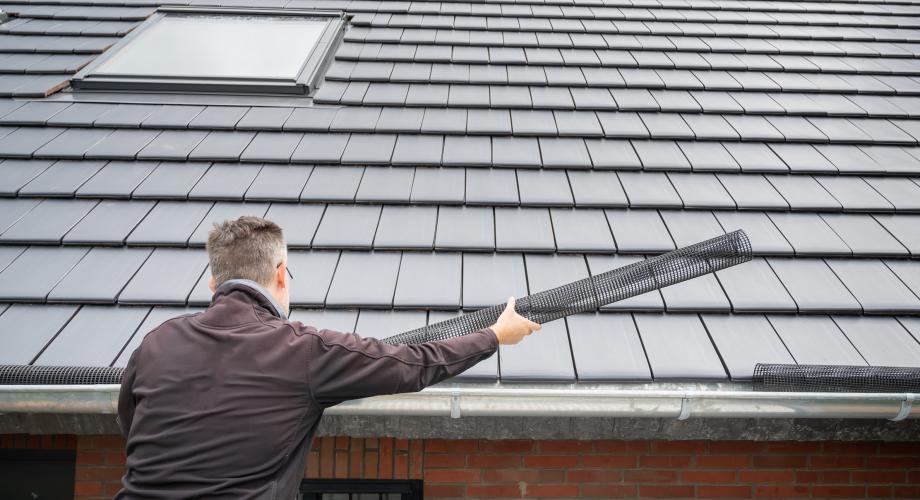On the surface, preventive maintenance (PM) seems like a must-have, clear-cut solution for rental housing communities. Who wouldn’t want to extend the life of products throughout a property by regularly replacing filters and scheduling additional routine updates that help lengthen their lifespan?
While that sounds fantastic at face value, PM initiatives are accompanied by startup and ongoing costs—meaning they not only can save money for operators but have an accompanying price tag, as well. That means operators must weigh the potential return on investment for any PM implementations, as a panel discussed at the 2023 Apartmentalize session “The 411 on the ROI of PM.”
“What properties will get with preventive maintenance is better energy efficiency, which leads to lower energy costs,” says Dina Mari Zemke, Associate Professor of Property Management at Ball State University. “It also leads to reduced repair costs, longer equipment life expectancy and increased occupant satisfaction. Residents aren’t going to be angry all the time that something is broken.”
So why doesn’t everyone in the industry utilize PM? Because when operators implore about the costs of such programs and their potential ROI, it has been difficult for the industry to quantify. A recent study by Ball State University included the collection of data from property owners and managers, along with equipment managers, and has helped add context.
The survey indicated maintenance teams spend approximately 18% of their time on preventive maintenance, 12% on turning apartments, a small amount on inspections and most time spent on making immediate repairs. A healthy 70% of operators reported having a formal PM program, with those without them citing reasons such as costs, shorts staffs and a select few viewing it as a waste of time.
Asked how properties budget for PM costs, answers ranged from using the previous year’s budget as a guidepost, using a certain percentage gross income and using a dollars-per-unit formula. Translation: Various methods can be used to help measure ROI, so while anecdotal data is available, developing a specific industry-wide percentage is nearly impossible.
“Companies with strong corporate regional leadership can manage preventive maintenance programs well because they are more scaled,” says Tina Smothers, President of Artisan Management Group. “As a 5,000-unit management company, we use a software that helps us better scale, because it can help us with preventive maintenance, incident reports and insurance claims. You can utilize it to bill costs back to the property, so it’s not an investment from your property management company but you’re getting so much more value out of it.”
Preventive maintenance falls in the middle category of three primary types of maintenance approaches in multifamily. It is not to be confused with the emerging concept of predictive maintenance, in which sophisticated AI-based measures are used to give advance notice if a boiler is reaching its life expectancy, or whether household appliances are soon going to malfunction. In these cases, technicians can replace the items or parts before they officially sputter.
Preventive maintenance treads closer to predictive maintenance than to reactive maintenance, which is the “if it ain’t broke” approach, in which items are only repaired or replaced if they fully malfunction. At its best, preventive maintenance enables teams to replace a part that might cost a few dollars but potentially saves thousands of dollars.
Additional benefits of preventively servicing HVAC systems, electrical components, pools and household items such as dishwashers and washing machines include reduced downtime—vacant apartments are filled more quickly without the need for major repairs—and better online reputation when breakdowns don’t regularly occur.
“It begs the question, why do so many management companies today still not have preventive maintenance program?” says Daniel Cunningham, CEO and Founder of Leonardo247. “Without an ROI behind it, it’s very difficult to answer that question. Anecdotally from the survey, we have a collective understanding of soft ROI. And we know that companies that don’t have things crashing around them can work allow their teams to work in a more efficient fashion.”
Paul Willis is a Content Director for LinnellTaylor Marketing.
